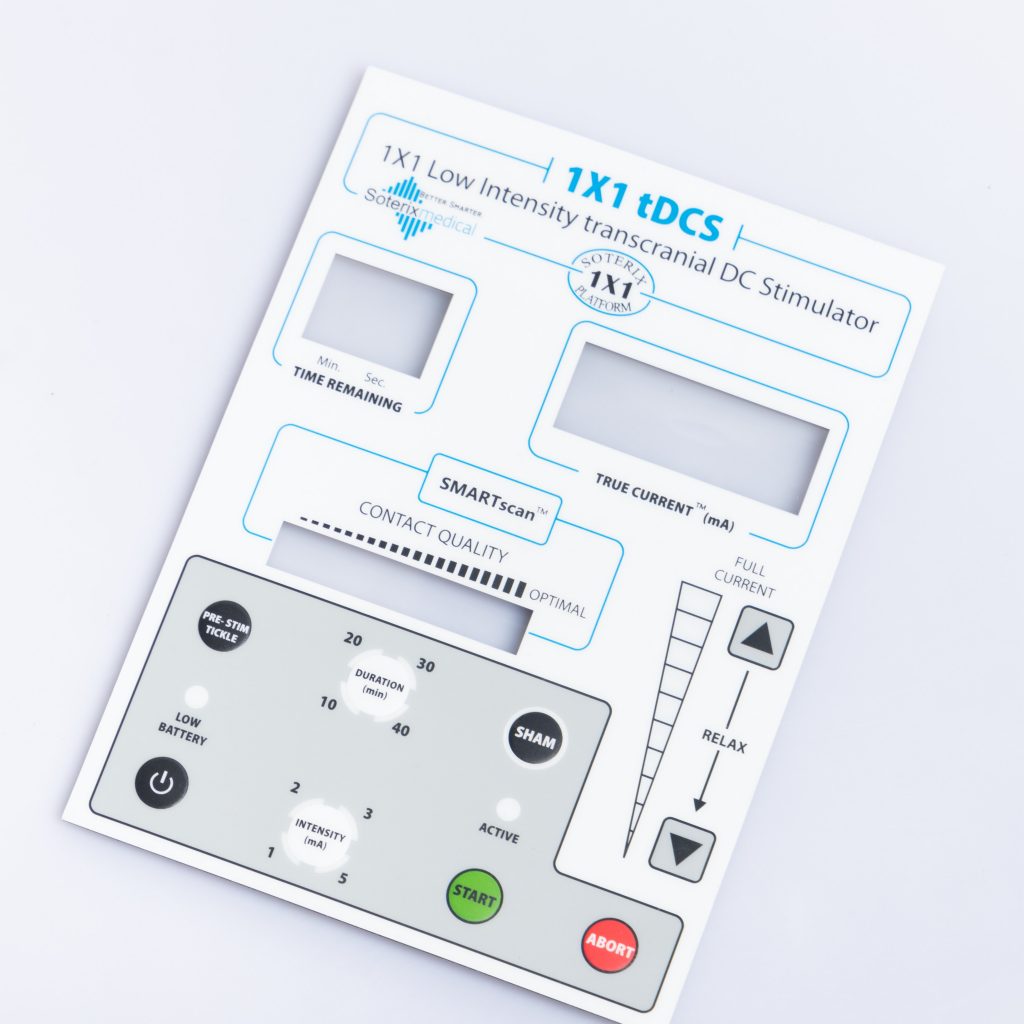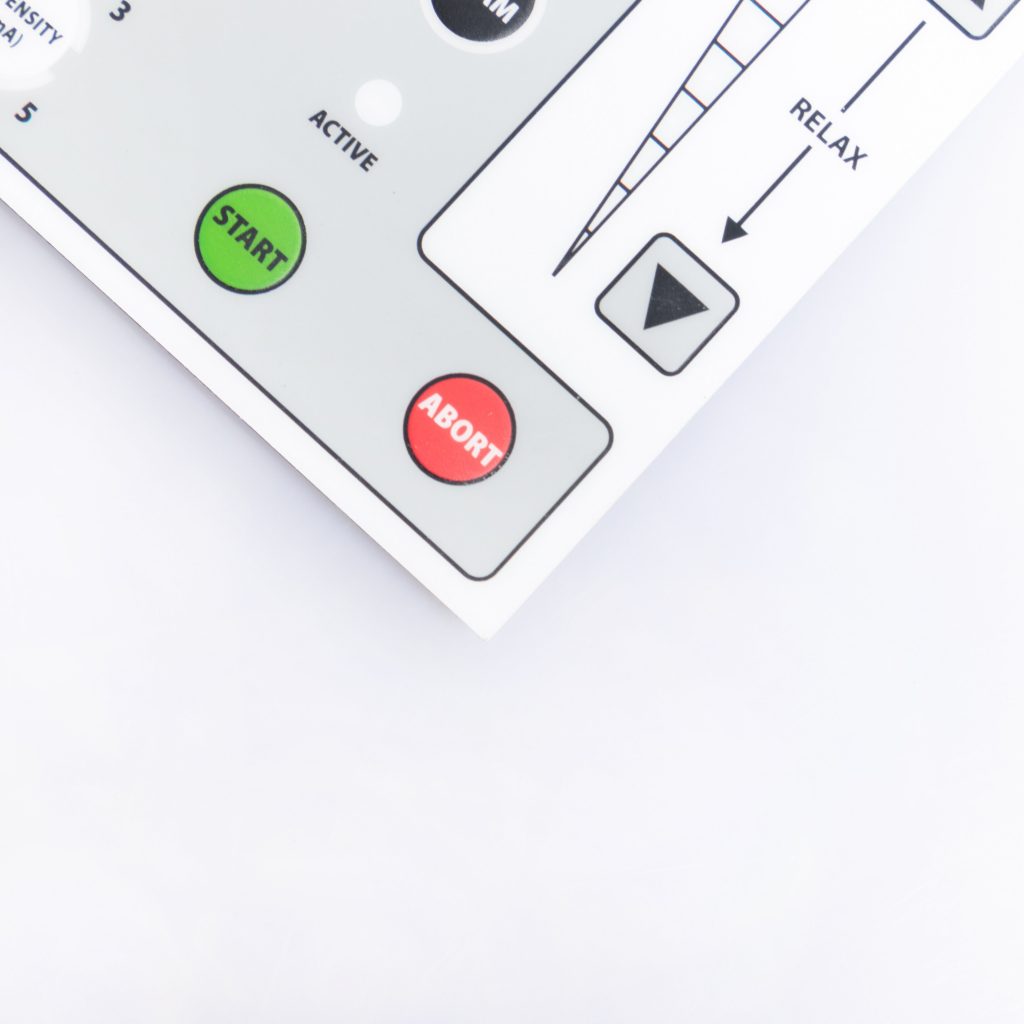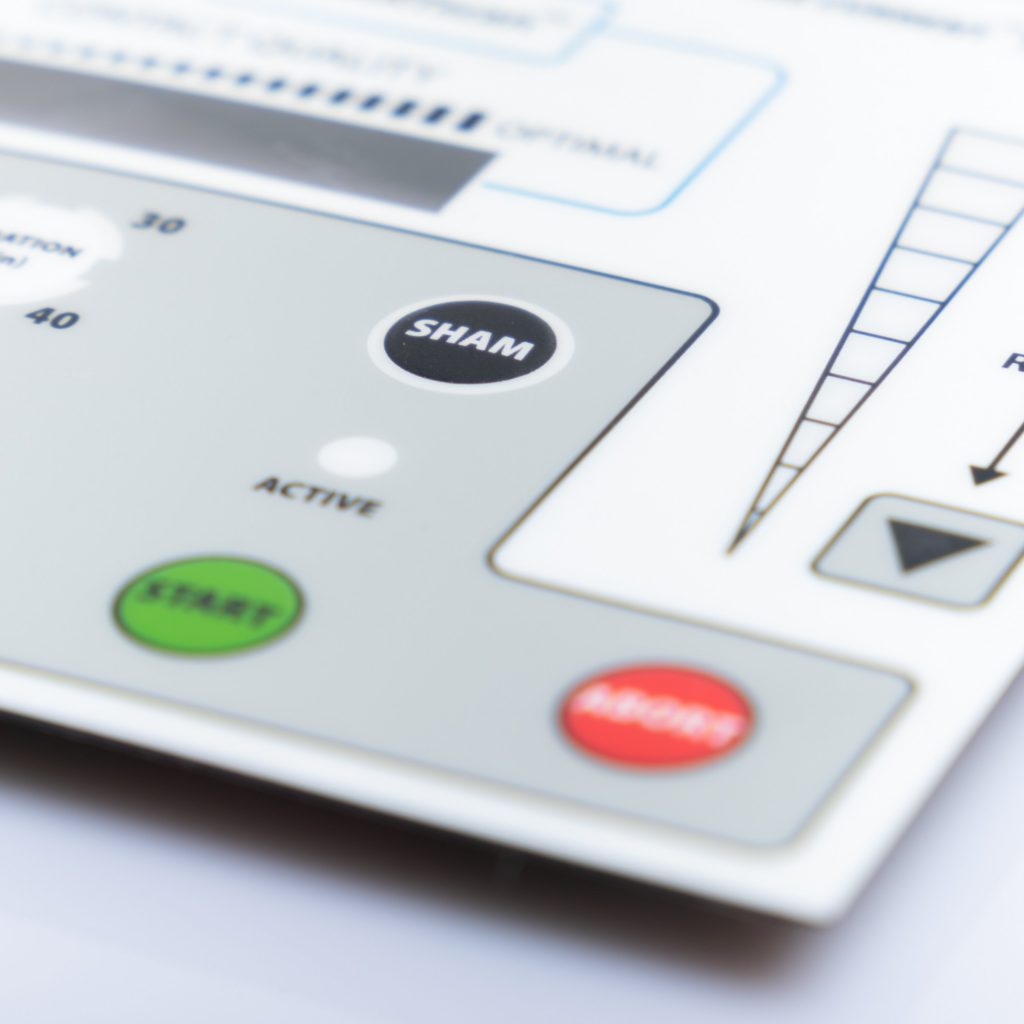Contact
Write to Us And We Would Be Happy to Advise You.
Do you have any questions, or would you like to speak directly with a representative?
By hqt
In today’s fast-paced world, technology has become an integral part of our lives. From smartphones to industrial equipment, user-friendly interfaces are crucial. One of the key elements in creating intuitive interfaces is the membrane switch. In this article, we will delve into the advantages of membrane switches, shedding light on how they simplify user interface design.
Before we explore the advantages, let’s get a clear picture of what a membrane switch is. A membrane switch is a user interface that consists of multiple layers of flexible materials, often including a graphic overlay, adhesive spacer, and a printed circuit. These switches are designed to be both functional and aesthetically pleasing, making them suitable for a wide range of applications.



Now that we understand the basics, let’s delve into the various advantages of membrane switches.
Membrane switches are known for their durability. They are resistant to moisture, chemicals, and UV rays, making them ideal for outdoor and industrial applications. Their sealed design also protects the internal components from dust and debris.
One of the most significant advantages of membrane switches is their customization options. Manufacturers can design them to match specific branding and user requirements. This flexibility allows for unique and tailored user interfaces.
Compared to traditional mechanical switches, membrane switches are cost-effective to produce. This affordability makes them an attractive choice for businesses looking to maintain a competitive edge.
Membrane switches are incredibly space-efficient. Their slim profile and minimal components make them suitable for devices where space is limited. This advantage is particularly beneficial in modern electronics.
Integrating membrane switches into electronic devices is a straightforward process. They can be easily mounted on a variety of surfaces, simplifying the overall design and assembly process.
Despite their flat design, membrane switches can provide tactile feedback to users. This feature mimics the sensation of pressing a physical button, enhancing the user experience.
Membrane switches can incorporate backlighting options, making them visible in low-light conditions. This feature is essential for devices like control panels in dimly lit environments.
Membrane switches have a long operational lifespan, often surpassing millions of cycles. This reliability ensures that the user interface remains functional over an extended period.
Due to their design, membrane switches are less prone to wear and tear compared to mechanical switches. This results in fewer maintenance requirements and lower replacement costs.
Membrane switches are easy to clean, thanks to their sealed design. This is particularly important in industries where hygiene is a priority, such as healthcare and food processing.
Unlike mechanical switches that produce audible clicks, membrane switches operate silently. This noise reduction can be crucial in environments where noise pollution is a concern.
Membrane switches offer a sleek and modern appearance. Their graphic overlays can be customized with vibrant colors and designs, enhancing the overall aesthetics of the device.
Developing prototypes with membrane switches is fast and cost-effective. This allows designers to iterate and refine their designs more efficiently.
Membrane switches are environmentally friendly, as they are typically constructed using recyclable materials. This aligns with the growing demand for sustainable products.
Ultimately, all these advantages contribute to an improved user experience. Membrane switches simplify user interface design, ensuring that users can interact with devices effortlessly.
In conclusion, membrane switches offer a multitude of advantages that simplify user interface design. Their durability, customization options, cost-effectiveness, and various other benefits make them an excellent choice for a wide range of applications. When it comes to creating intuitive and user-friendly interfaces, membrane switches prove to be an invaluable component.
Yes, membrane switches are ideal for outdoor use as they are resistant to moisture, chemicals, and UV rays.
Absolutely, membrane switches offer a high degree of customization, allowing manufacturers to match specific branding and user requirements.
No, membrane switches have a long operational lifespan and are less prone to wear and tear, resulting in minimal maintenance requirements.
Yes, membrane switches are space-efficient and can be easily integrated into devices with limited space.
Membrane switches mimic the sensation of pressing a physical button, providing tactile feedback to users despite their flat design.
Do you have any questions, or would you like to speak directly with a representative?